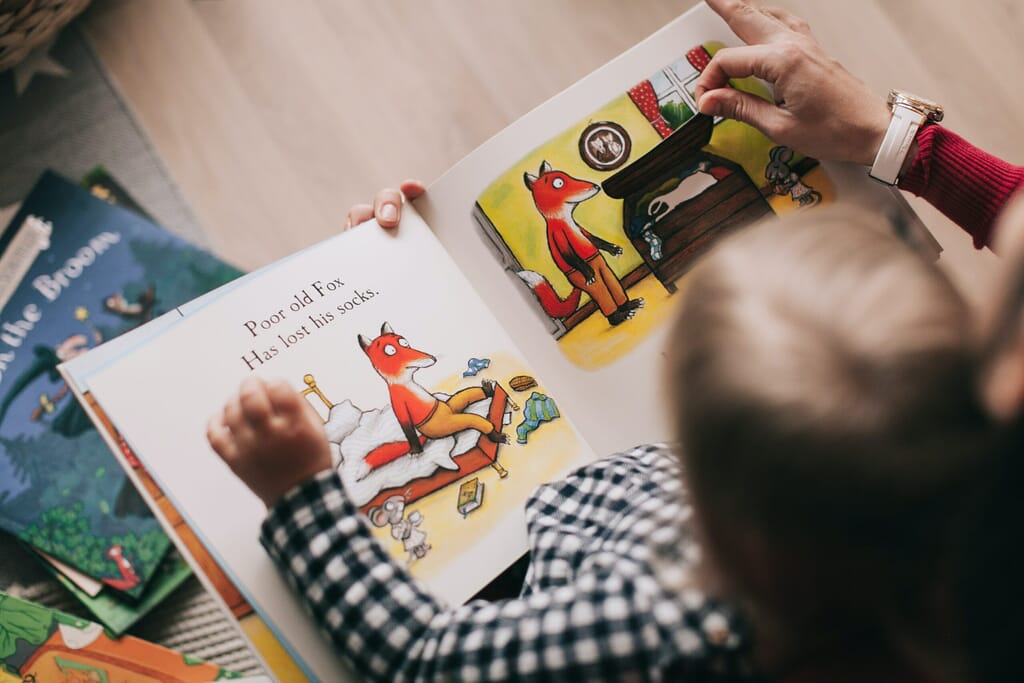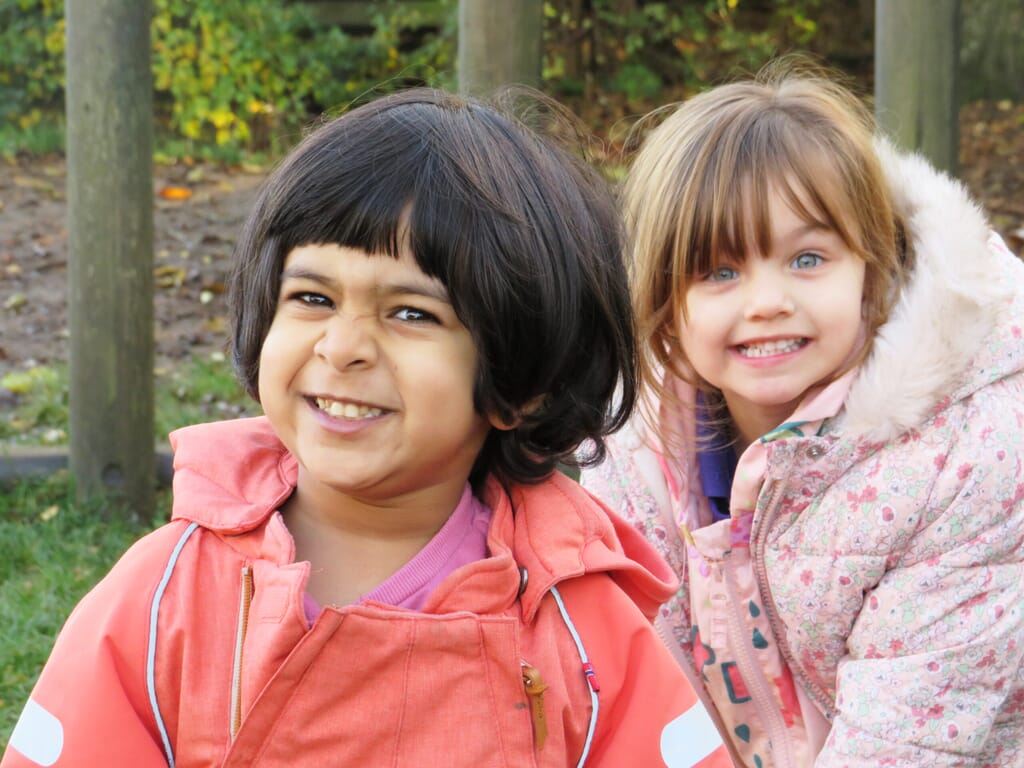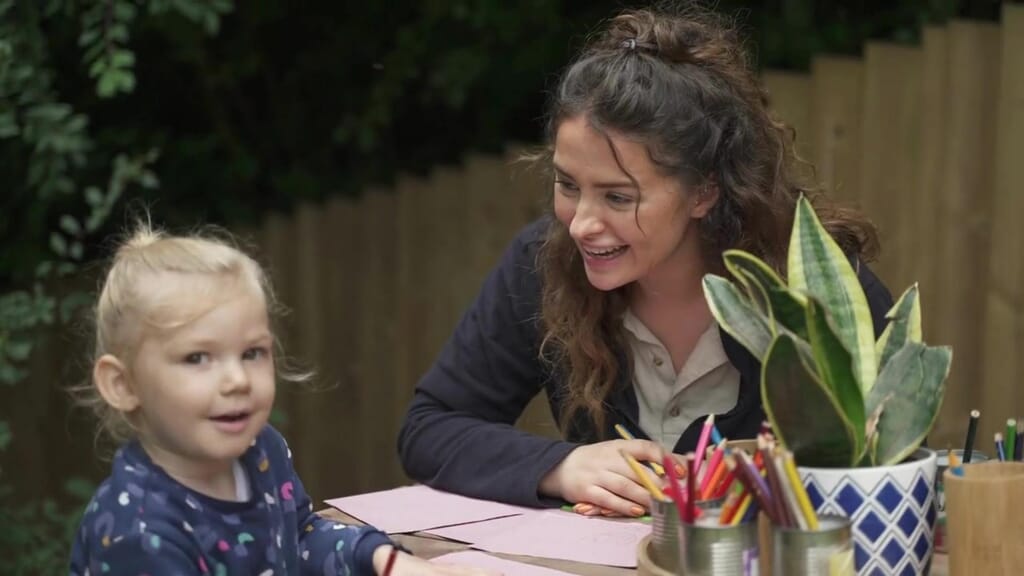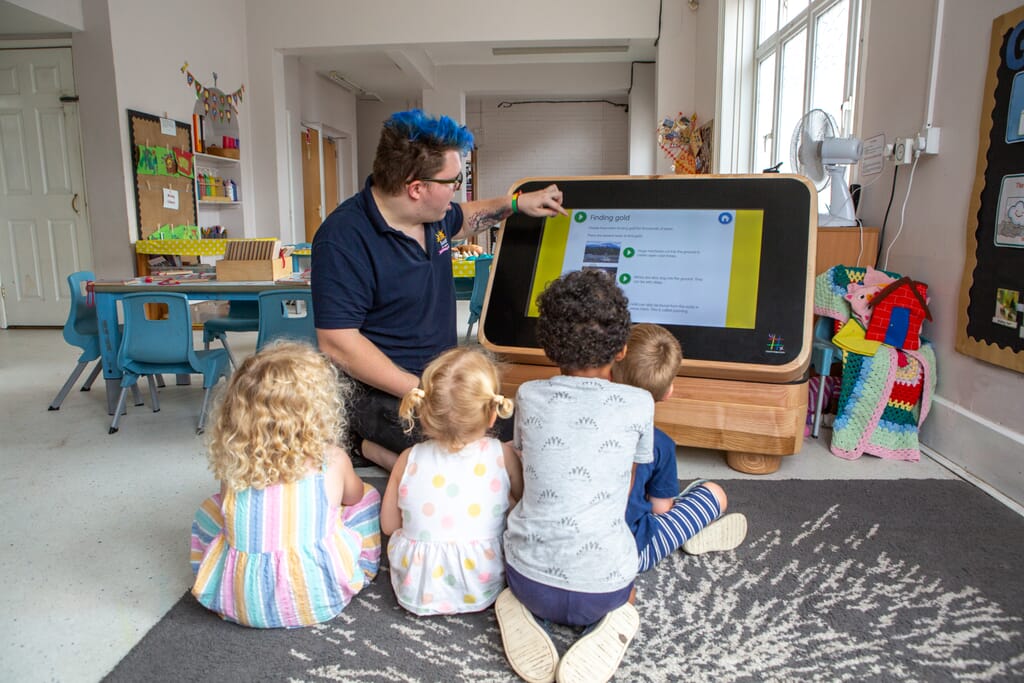Sep 21, 2021
What is the Attachment Theory and Why is it Important?
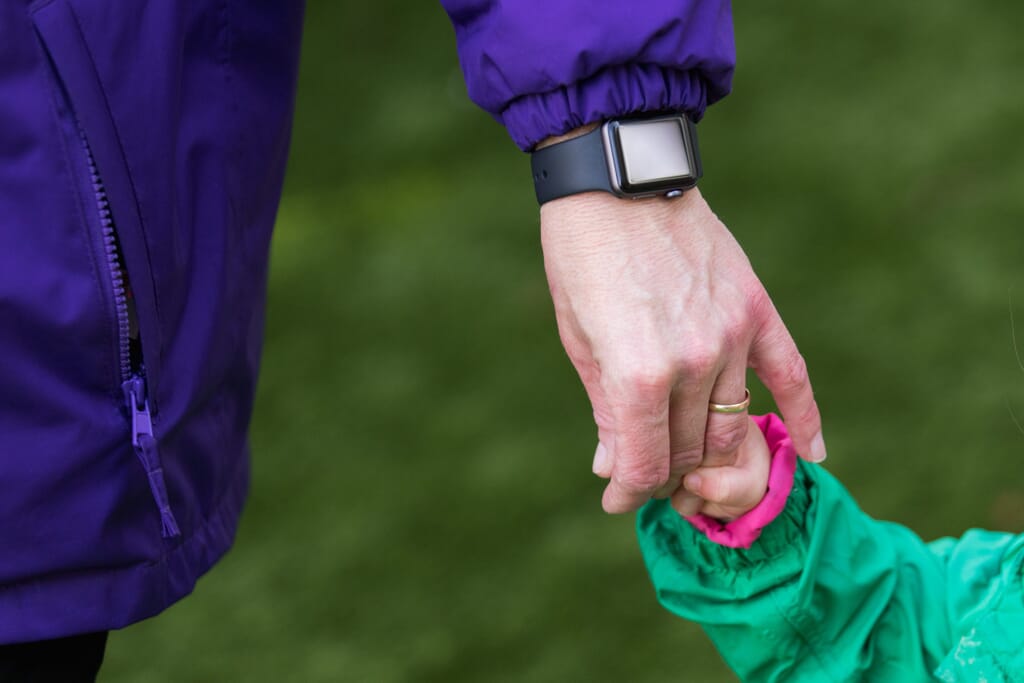
The Attachment Theory plays a significant role in Early Years settings and is embedded in the values of our nurseries.
Developed by British psychologist John Bowlby in the 1950s, this theory focuses on the emotional relationships children form with their primary caregivers. Understanding attachment is crucial as it provides children with a sense of security and lays the foundation for their emotional well-being.
The Essence of Attachment Theory
Attachment refers to the emotional bond children form with those who primarily care for them. It provides a sense of security and safety, influencing their overall emotional development.
According to Bowlby, children have an innate drive to form attachments with their caregivers. This contradicted the previous belief that attachment was a learned behavior.
Impact of Early Bonds
- The significance of early bonds: Bowlby believed that the earliest bonds between children and caregivers have a profound and lasting impact on children’s development, shaping their relationships and well-being throughout their lives.
- Secondary caregiver bonds: Research indicates that children can also form strong attachments with secondary caregivers, such as nursery staff or grandparents. These bonds contribute to children’s overall development and well-being.
Supporting Attachments in Nursery
- Settling sessions: Prior to starting nursery, inviting children and their parents/carers to visit the nursery helps reinforce a sense of safety and familiarity. Parents are encouraged to remain positive during this transition.
- Key Person approach: Each child in the nursery has a dedicated Key Person who establishes a bond with the child from the beginning. This person spends time interacting with the child, gathering information about their needs and preferences, and being responsive to their individual requirements.
- Strengthening the bond: Allowing for one-on-one time between the Key Person and the child helps strengthen their relationship. This can be achieved by parents or main caregivers leaving the child with their Key Person for a settling session.
- Individualized care: The Key Person ensures that each child feels valued, understood, and cared for by providing personalized attention, meeting their needs, and maintaining open communication with parents.
Parental Support for Attachments
- Positive attitude toward nursery: Parents’ positive emotions and outlook significantly influence children’s experiences. Staying upbeat during visits and drop-offs helps create a supportive environment.
- Active participation in settling sessions: Attending settling sessions allows parents to establish connections with nursery staff and contribute to the formation of attachment bonds.
- Sharing information: Providing nursery staff with comprehensive information about a child’s preferences, sleep routines, and soothing techniques helps them better understand and support the child.
- Ongoing communication: Maintaining open communication with nursery staff, sharing any changes or concerns, ensures a collaborative approach in supporting children’s attachment needs.
To conclude, the Attachment Theory highlights the importance of emotional bonds in children’s lives. Understanding and nurturing these attachments in Early Years settings, with the support of parents and caregivers, promotes children’s emotional well-being, security, and overall development. By prioritizing attachment, we lay the foundation for healthy relationships and positive outcomes for children throughout their lives.
